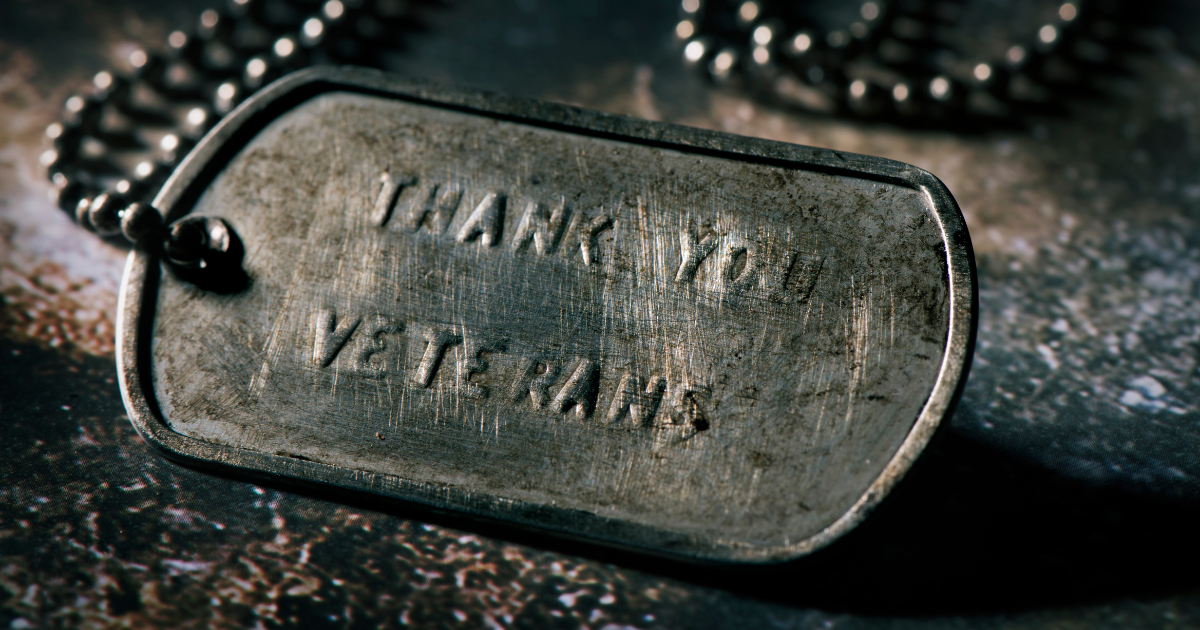Read time: 7 mins
Nearly half of Canadians have no meaningful relationship with veterans. And it shows in how they observe Remembrance Day.
The Logit Group surveyed Canadians to understand the veteran-citizen connection-and what we found reveals a nation in two halves. One half recognizes Remembrance Day as important. The other half? They’re disconnected, uncertain, and largely disengaged.
The Bottom Line
This isn’t a story about apathy. It’s a story about isolation.
✅ 49% have no connection to veterans (no family members, no friends, no colleagues who served)
✅ Only 52% have worn a poppy (vs. 69% in other recent surveys)
✅ Only 9.9% attend ceremonies (1 in 10, down from other estimates)
✅ 18.8% took zero action to observe Remembrance Day
✅ 58.5% rate it important (3.74/5 average—lower than national sentiment)
✅ 46% are unsure about a key fact regarding veterans
When people have no personal connection to veterans, Remembrance Day becomes abstract. And abstract traditions don’t drive participation.
The Connection Gap: 49% Are Isolated
Nearly half of Canadian respondents report no meaningful connection to veterans.
Breaking Down The Veteran Connection
- 49.3% No connection at all
- 18.4% Have a family member who served
- 15.8% Know someone who served (but not closely)
- 13.8% Know a friend or colleague who served
- 2.6% Not sure
What This Means
Veterans are becoming invisible to the general public. In a nation of 40+ million people with 700,000 living veterans, the majority of Canadians have never met someone who served, spoken to a veteran, or heard a personal story about military service.
This isolation creates a secondary problem: When people don’t know veterans personally, Remembrance Day feels like a national ritual rather than a personal commitment.
The Participation Cliff: Connection Drives Action
The data reveals a clear pattern: those with veteran connections participate more; those without, less.
Overall Participation
- 52% Wore a poppy (lowest rate in recent surveys)
- 9.9% Attended a ceremony (1 in 10)
- 8.9% Donated to a veterans’ organization
- 5.6% Learned about veterans’ issues
- 4.3% Volunteered with veteran support groups
- 0.7% Hired or advocated for hiring veterans
- 18.8% Took zero action
The Participation Paradox
Even as 58.5% rate Remembrance Day important (4-5 on a scale), only 9.9% showed up to a ceremony. Wearing a poppy takes 10 seconds. Attending a ceremony takes commitment.
The drop from “wearing a poppy” (52%) to “attending a ceremony” (9.9%) represents a 42 percentage point cliff—one of the steepest disengagement curves we see in Canadian civic traditions.
Why Importance Doesn’t Translate to Action
58.5% of respondents rated Remembrance Day as important or very important (rating 4-5), yet only 9.9% attended a ceremony.
Importance Rating Distribution
- 26.6% Rating 5 (Very Important)
- 31.9% Rating 4 (Important)
- 33.6% Rating 3 (Neutral/Uncertain)
- 4.9% Rating 2
- 3.0% Rating 1 (Not Important)
The Gap Analysis
Those who rate it “5” (26.6%) should drive higher ceremony attendance. Yet 90% of all respondents—even those rating importance at 4-5—did NOT attend a ceremony.
This suggests that importance is emotional, but engagement is structural. People feel Remembrance Day is important, but they lack the knowledge, proximity, or infrastructure to participate meaningfully.
The Knowledge Problem: 46% Are Unsure
When asked about a key fact regarding veterans, 46% answered “Not sure”—the highest uncertainty response rate across the survey.
This finding points to a critical insight: Many Canadians want to engage with Remembrance Day, but lack the knowledge base to do so confidently.
If nearly half of respondents can’t confidently answer a basic question about veterans, how can they educate others? How can they justify deeper engagement to family members? How can they make informed decisions about veteran support?
Knowledge gaps create participation gaps.
Age and Gender: Slight Differences
The Logit Group survey skewed slightly younger (mean age 49.5 vs. 53.7 in other recent surveys) and slightly more female (53% vs. 55% in comparison surveys).
Demographics
- Average Age: 49.5 years
- Age Range: 19-65
- Female: 53%
- Male: 47%
Younger respondents showed marginally lower engagement, suggesting that Remembrance Day participation may increase with age and life experience (particularly for those with military family history).
The Real Story: Veterans Are Invisible
This survey reveals what other research confirms: Most Canadians don’t know veterans.
When 49% of respondents have zero connection to someone who served, we’re not facing a patriotism problem. We’re facing a visibility problem.
Veterans’ contributions aren’t forgotten because Canadians don’t care. They’re overlooked because most Canadians simply don’t know any veterans personally.
The Implications
For Organizations
- Remembrance Day programming should focus on creating personal connections (bring veterans to schools, workplaces, communities)
- Volunteer opportunities should be low-barrier (shift from “attend ceremony” to “donate,” “learn,” “share”)
- Digital content should tell individual veteran stories, not abstract military history
For Employers
- Veteran hiring programs should include mentorship and integration support (many hires fail because veterans aren’t culturally integrated)
- Employee resource groups can create peer connections between veterans and non-veterans
- Sponsoring Remembrance Day events positions employers as veteran advocates
For Media & Education
- Shift from national remembrance narratives to individual veteran stories
- Highlight contemporary veterans (not just historical figures)
- Create multiple entry points for engagement (ceremonies are one option; digital sharing, fundraising, and learning are others)
Why The 49% Disconnection Matters
If nearly half of Canadians have no personal connection to veterans, they’re making decisions about Remembrance Day based on:
- Cultural expectation (“I should wear a poppy”)
- Childhood memory (“We always observe 2 minutes of silence”)
- Media messaging (“It’s important to remember”)
But not on personal knowledge or relationship.
This explains why participation is so heavily weighted toward passive actions (wearing a poppy) and away from active engagement (attending ceremonies, donating, volunteering, hiring).
Comparing Engagement Levels
When we layer the “no connection” finding onto participation rates, a pattern emerges:
| Action | Participation Rate |
|---|---|
| Wore poppy (passive, no effort) | 52% |
| Observed silence (passive, at 11am) | ~30% (implied) |
| Attended ceremony (active, requires showing up) | 9.9% |
| Donated (active, requires decision) | 8.9% |
| Took zero action | 18.8% |
The further you go from “passive and cultural” to “active and committed,” the fewer people participate.
Methodology
This research was sponsored and conducted by The Logit Group among 304 Canadian adults aged 19-65 via an online survey in late October/early November 2025. The study employed a non-probability opt-in panel sample, with data weighted to Canadian census demographics by age, gender, and region. Because this survey used a non-probability sample, a margin of error cannot be calculated, and results are directional and should not be generalized to the entire Canadian population. The Logit Group is a member of the Canadian Research Insights Council (CRIC) and confirms that this research fully complies with all CRIC Standards including the CRIC Public Opinion Research Standards and Disclosure Requirements.
For more information or to request the full survey questionnaire, please contact us.
FAQs
Many Canadians simply don’t know anyone who has served in the military, making Remembrance Day feel like a distant tradition rather than a personal experience.
Those without personal ties to veterans are far less likely to attend ceremonies, donate, or volunteer, often limiting their participation to wearing a poppy or observing a moment of silence.
Organizations can invite veterans to speak at schools or workplaces, share personal stories through digital campaigns, and make participation easier through accessible volunteer or donation opportunities.
About The Logit Group
The Logit Group is a market research and data analytics firm specializing in consumer insights, brand strategy, and social research. Working across corporate, non-profit, and public sector organizations, we help stakeholders understand what Canadians really think-and what drives action.


